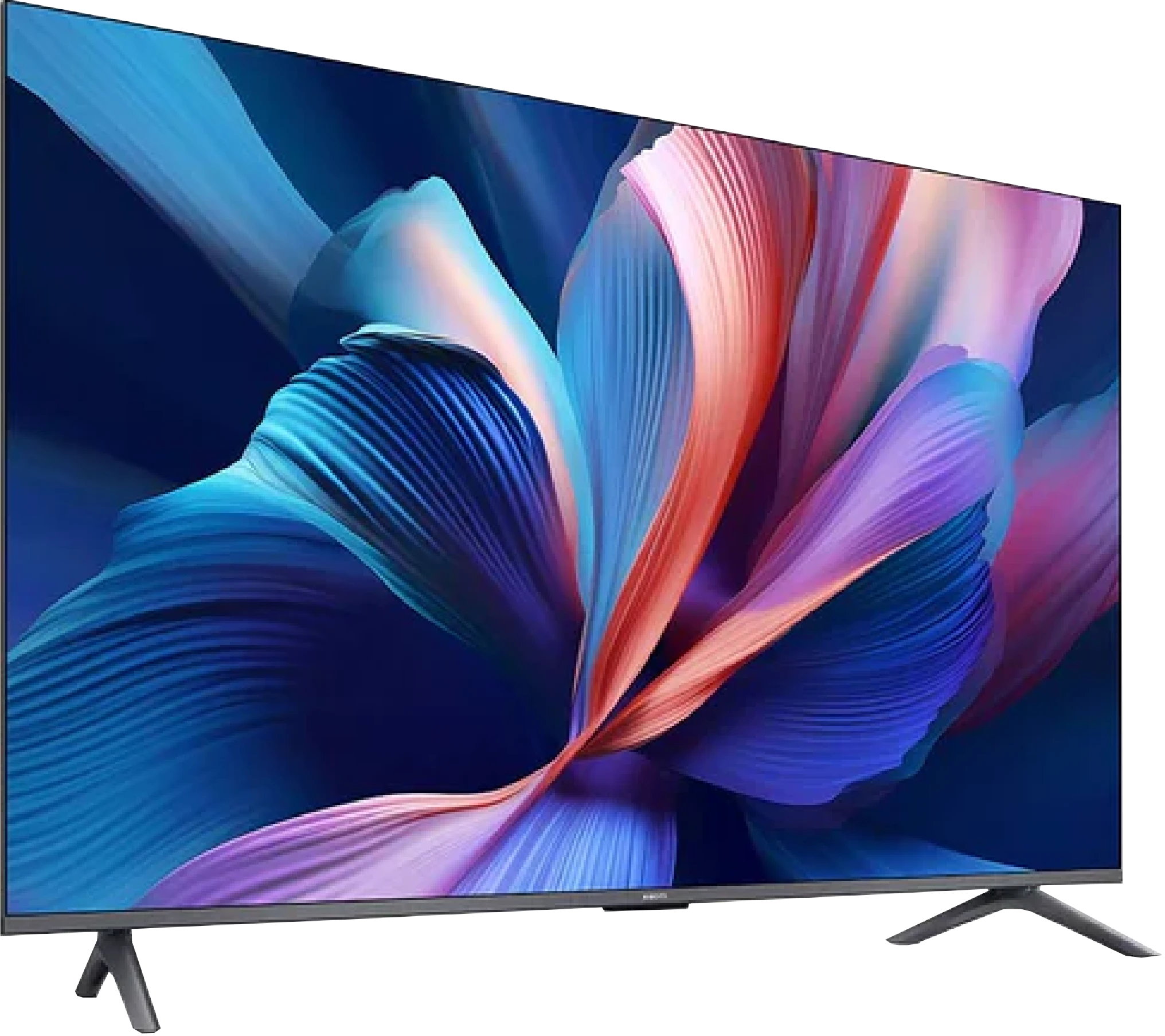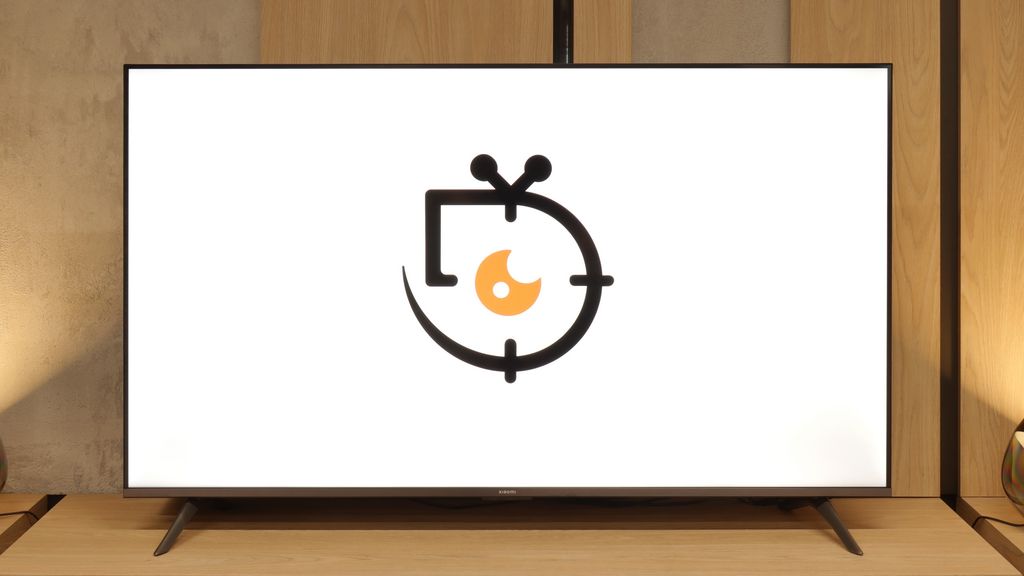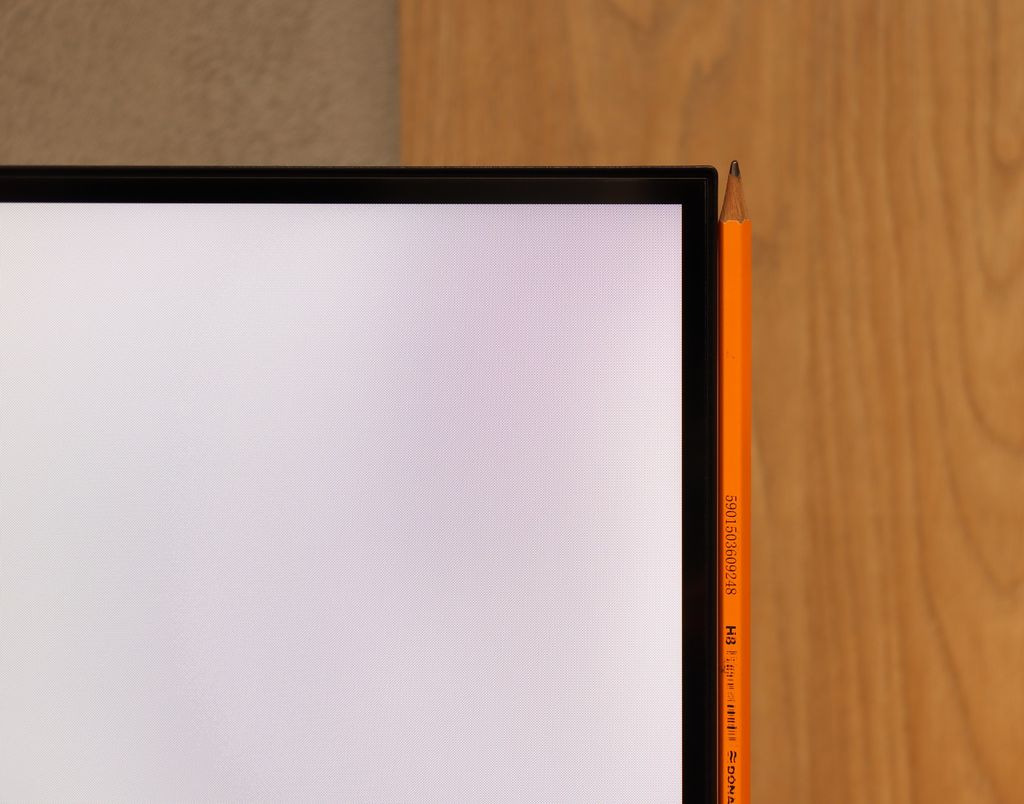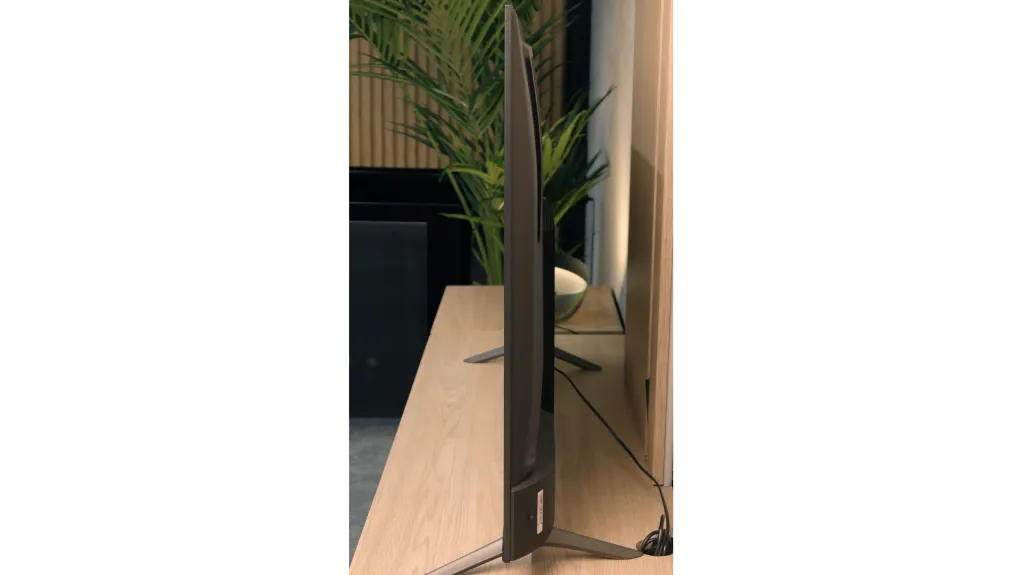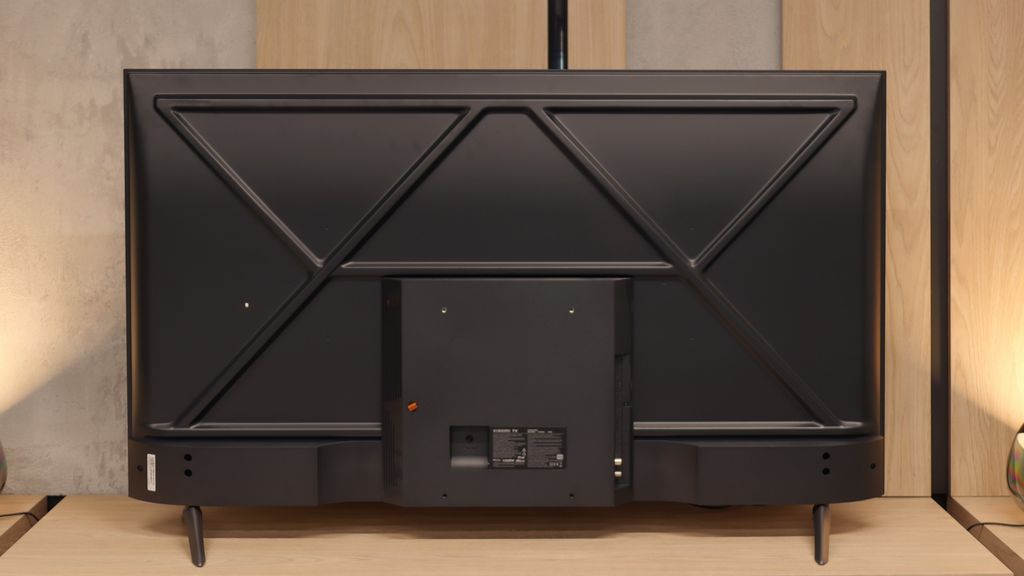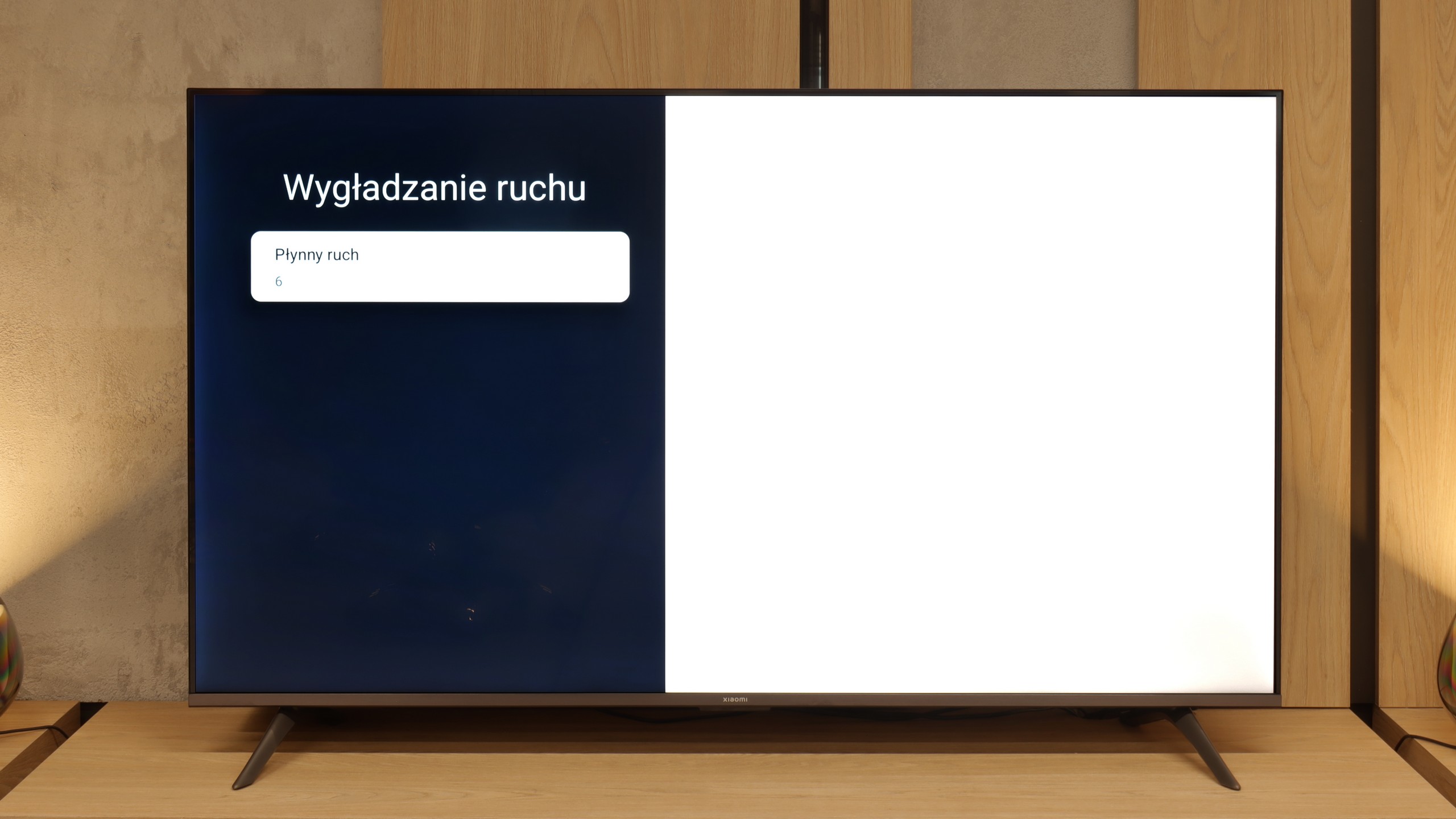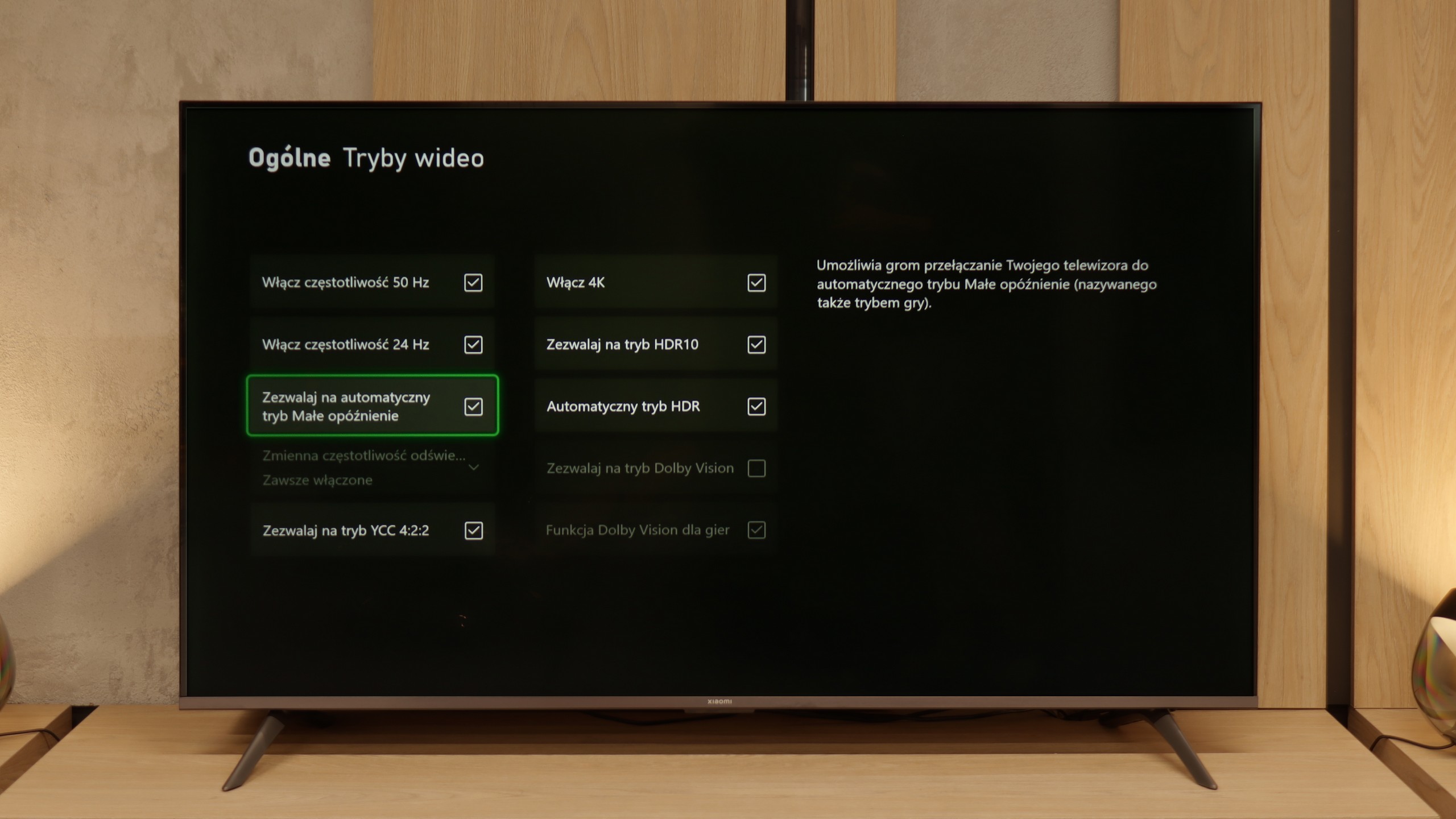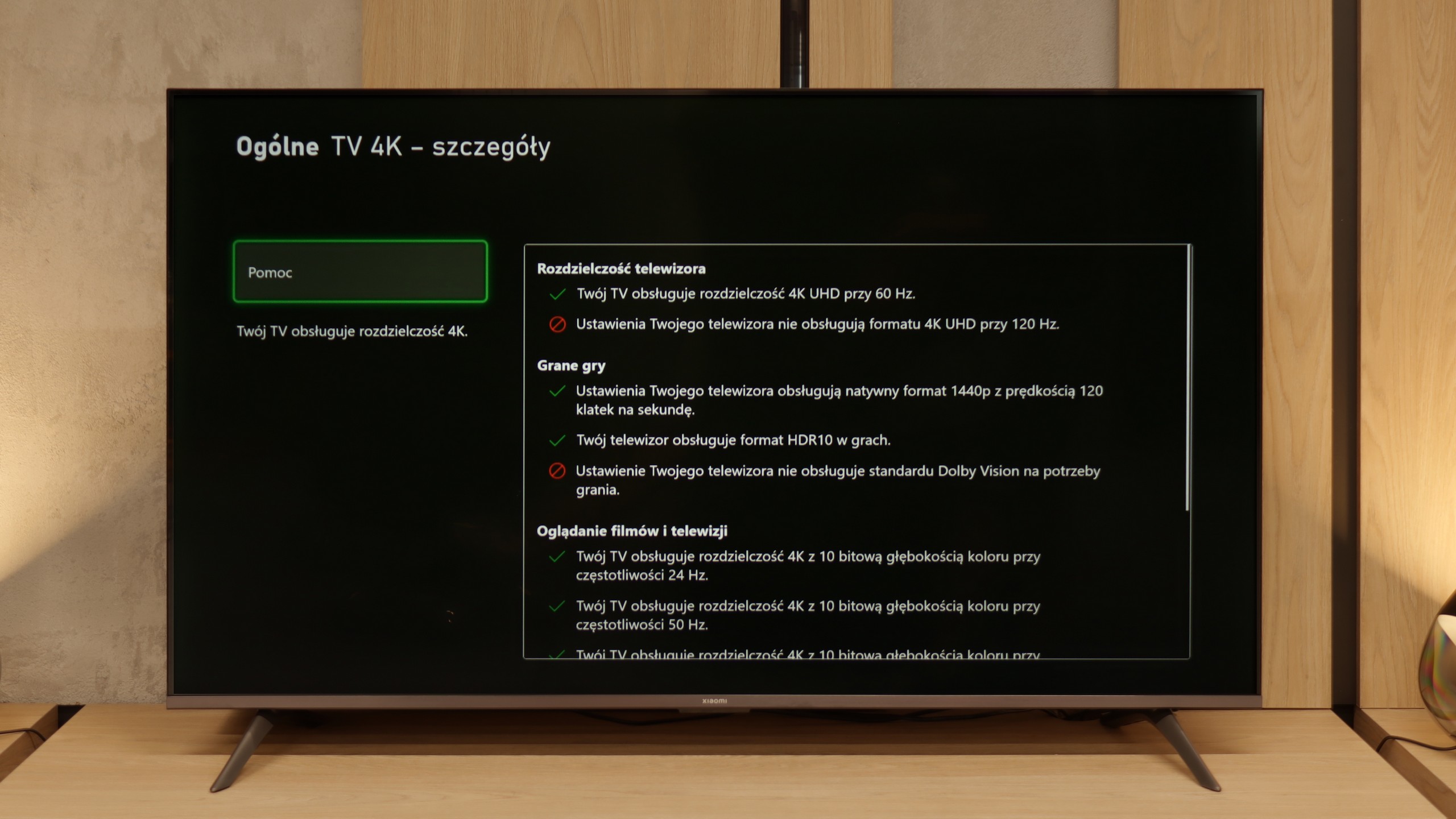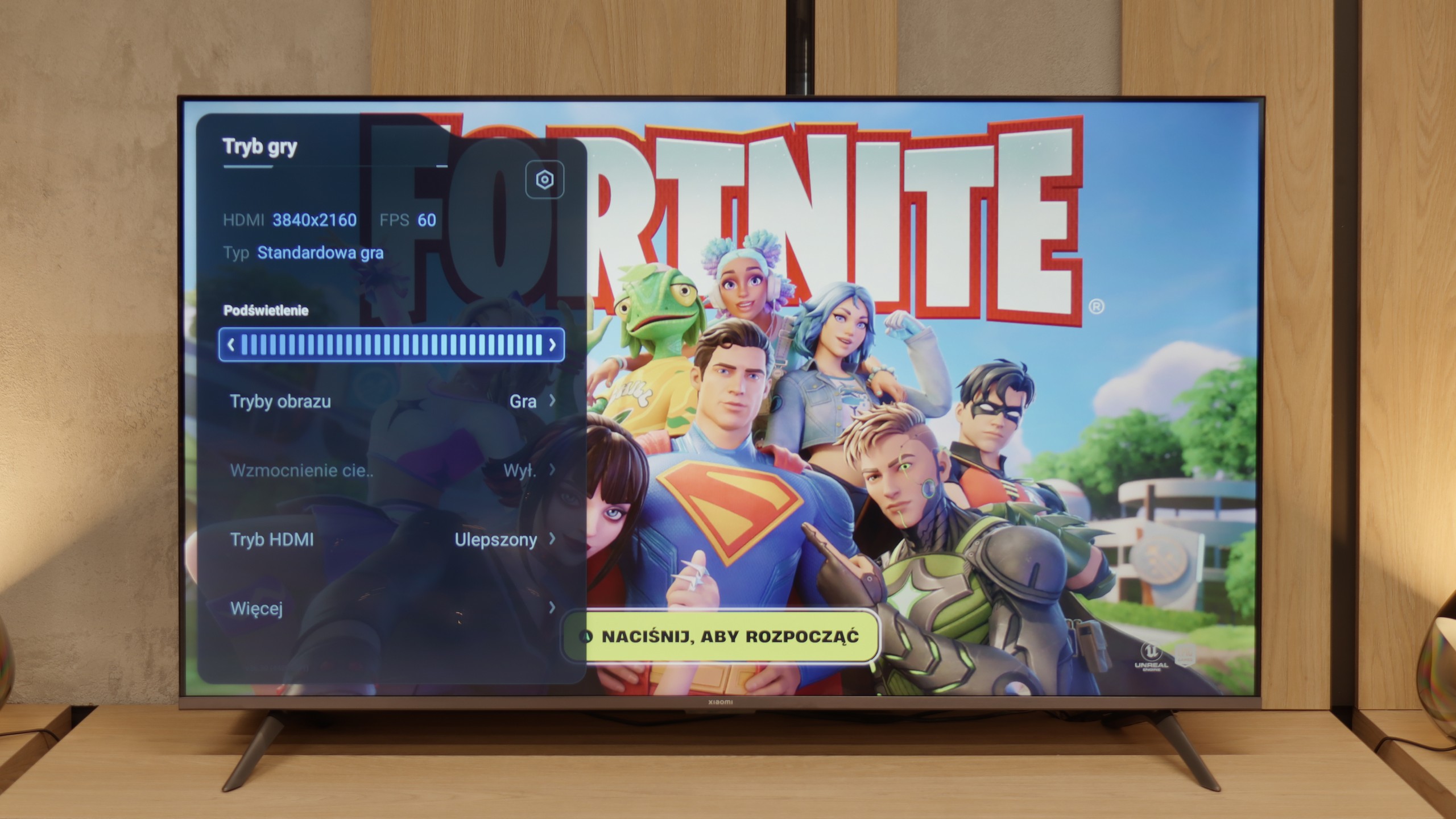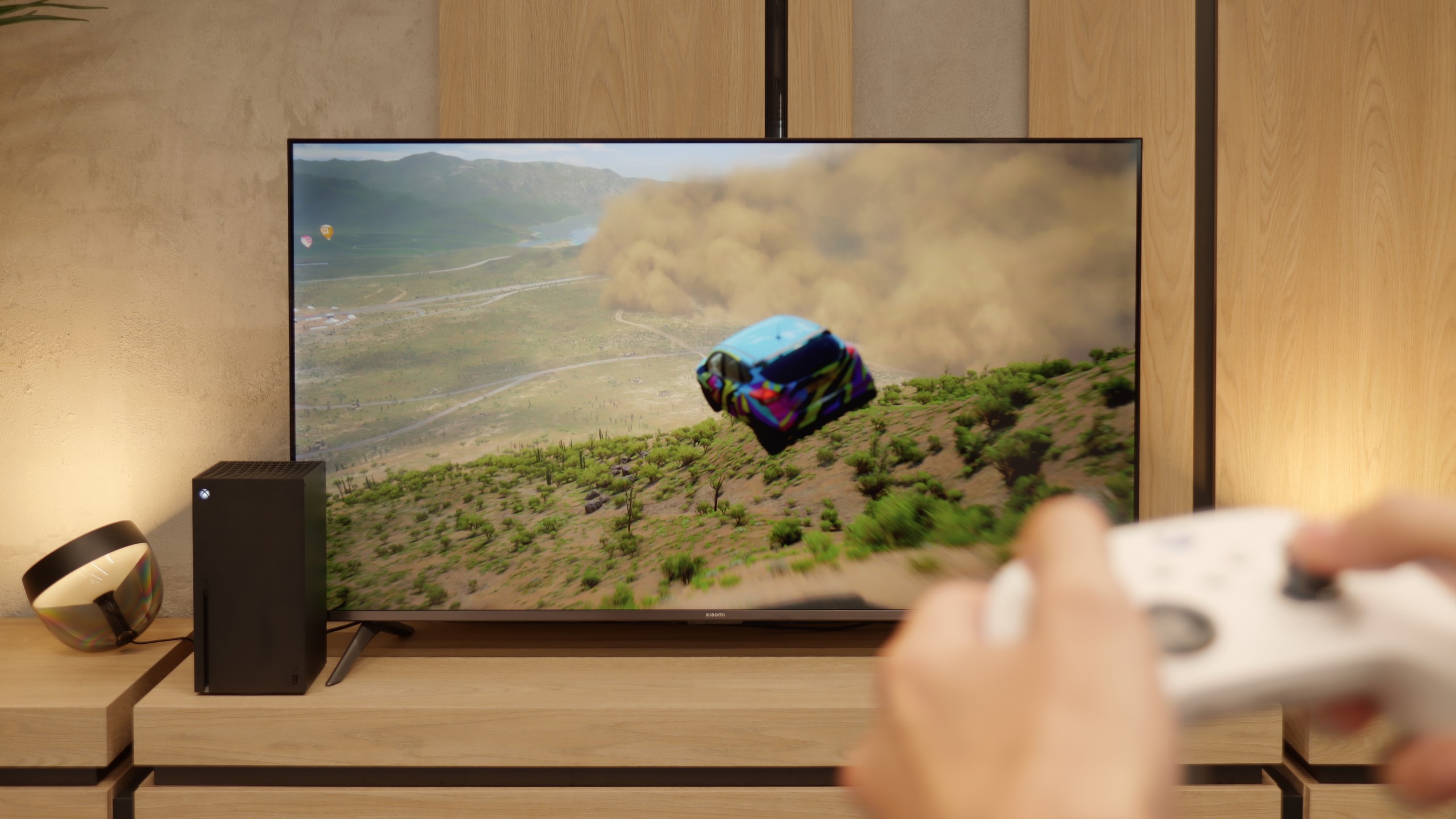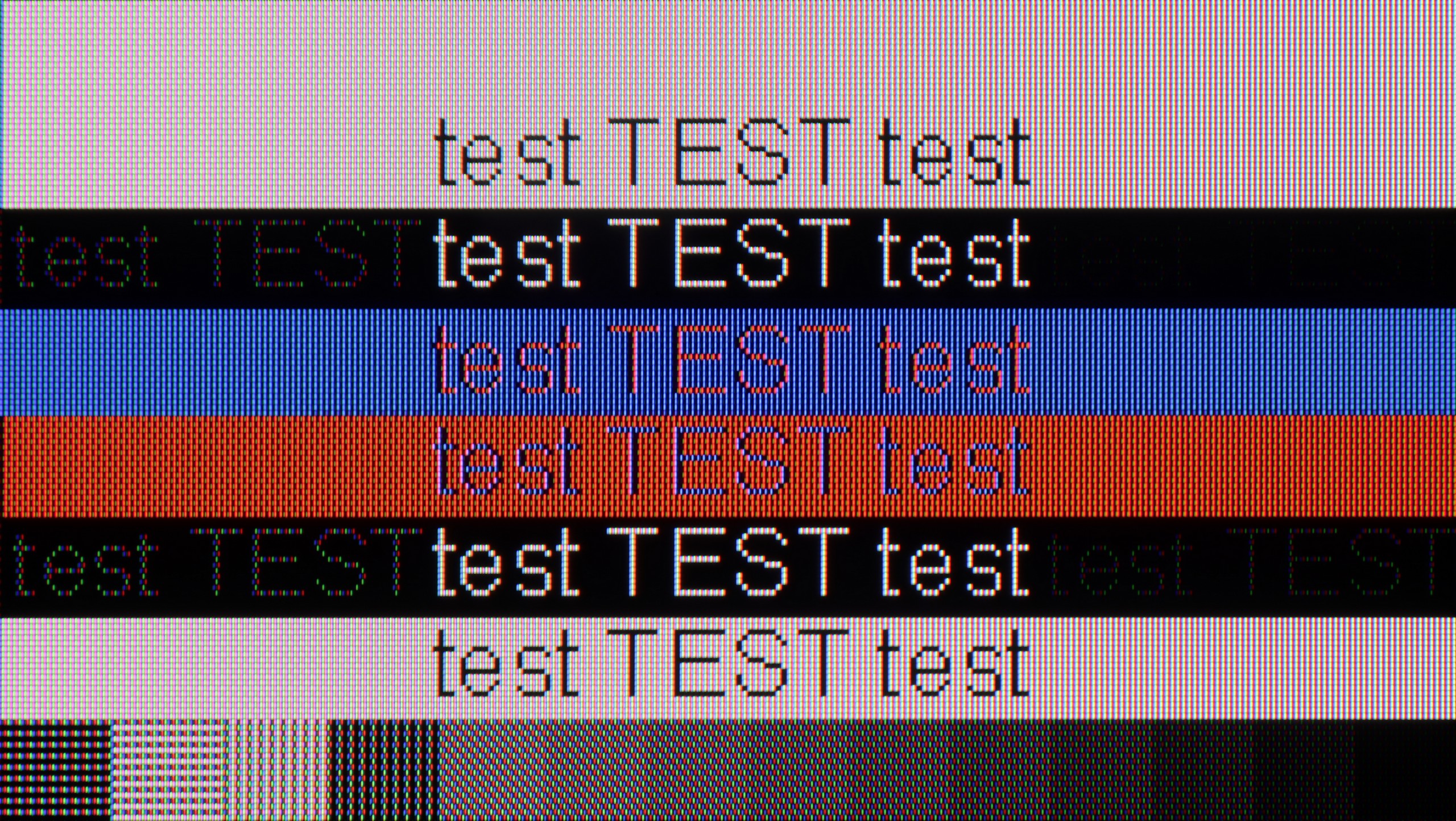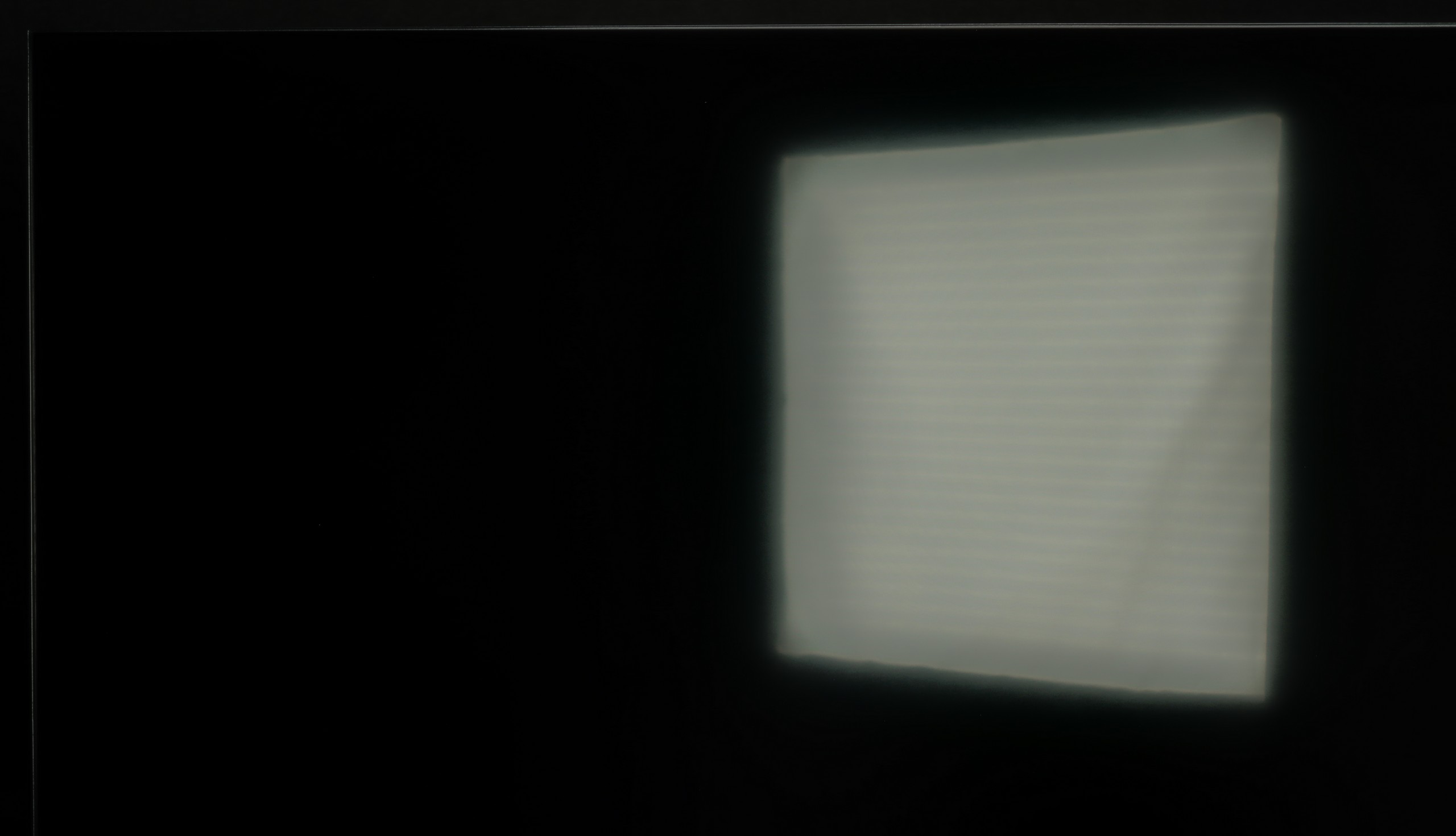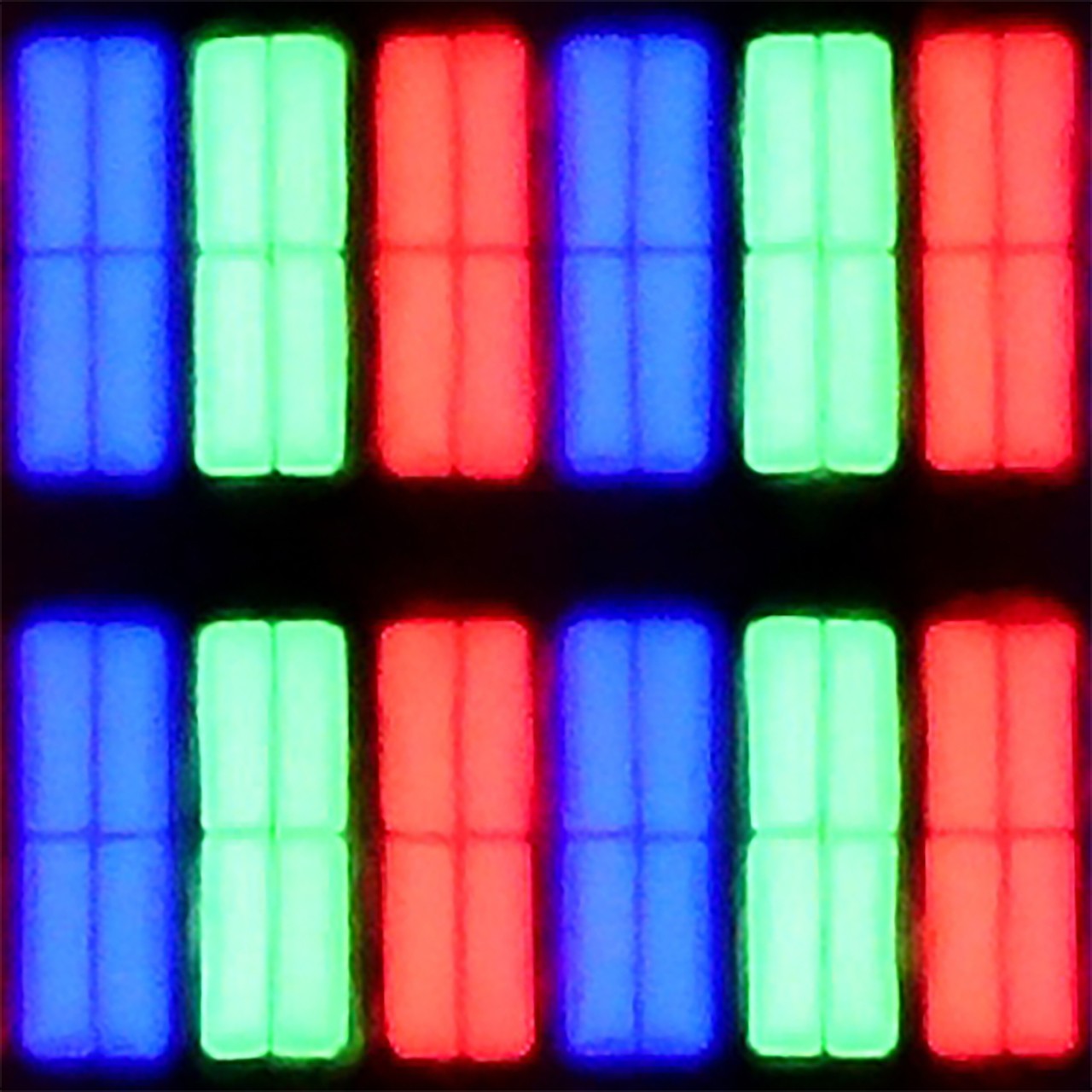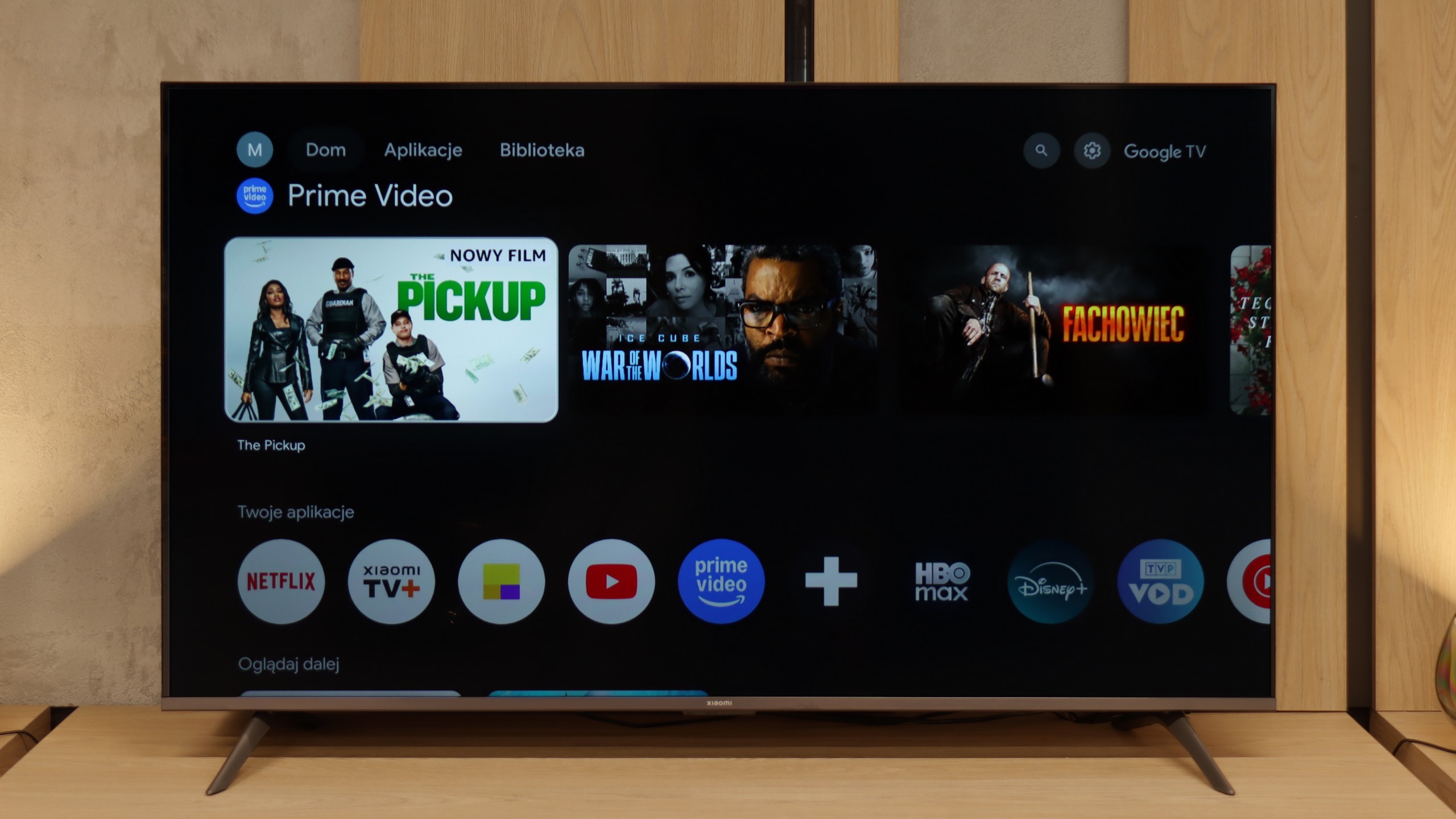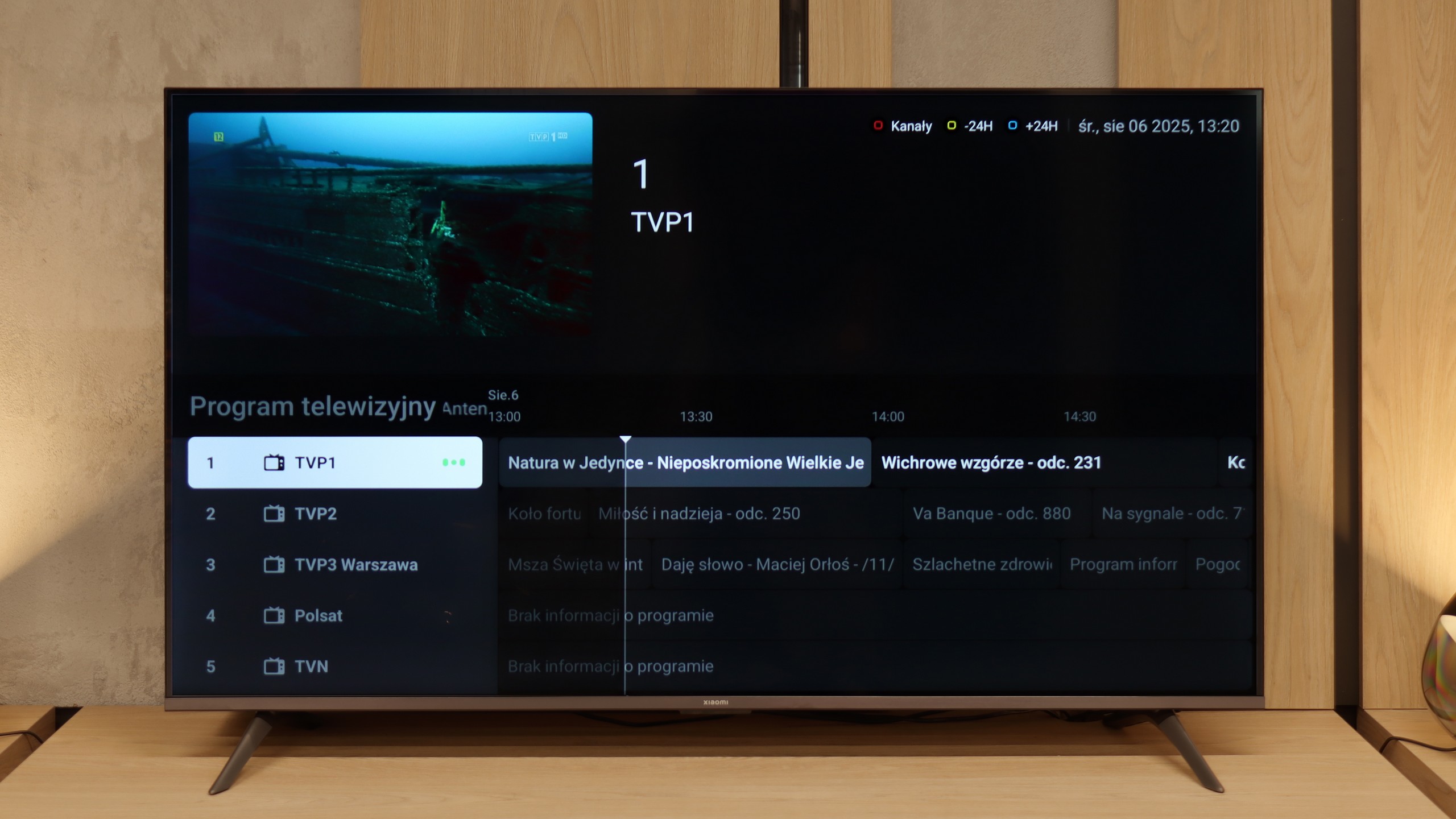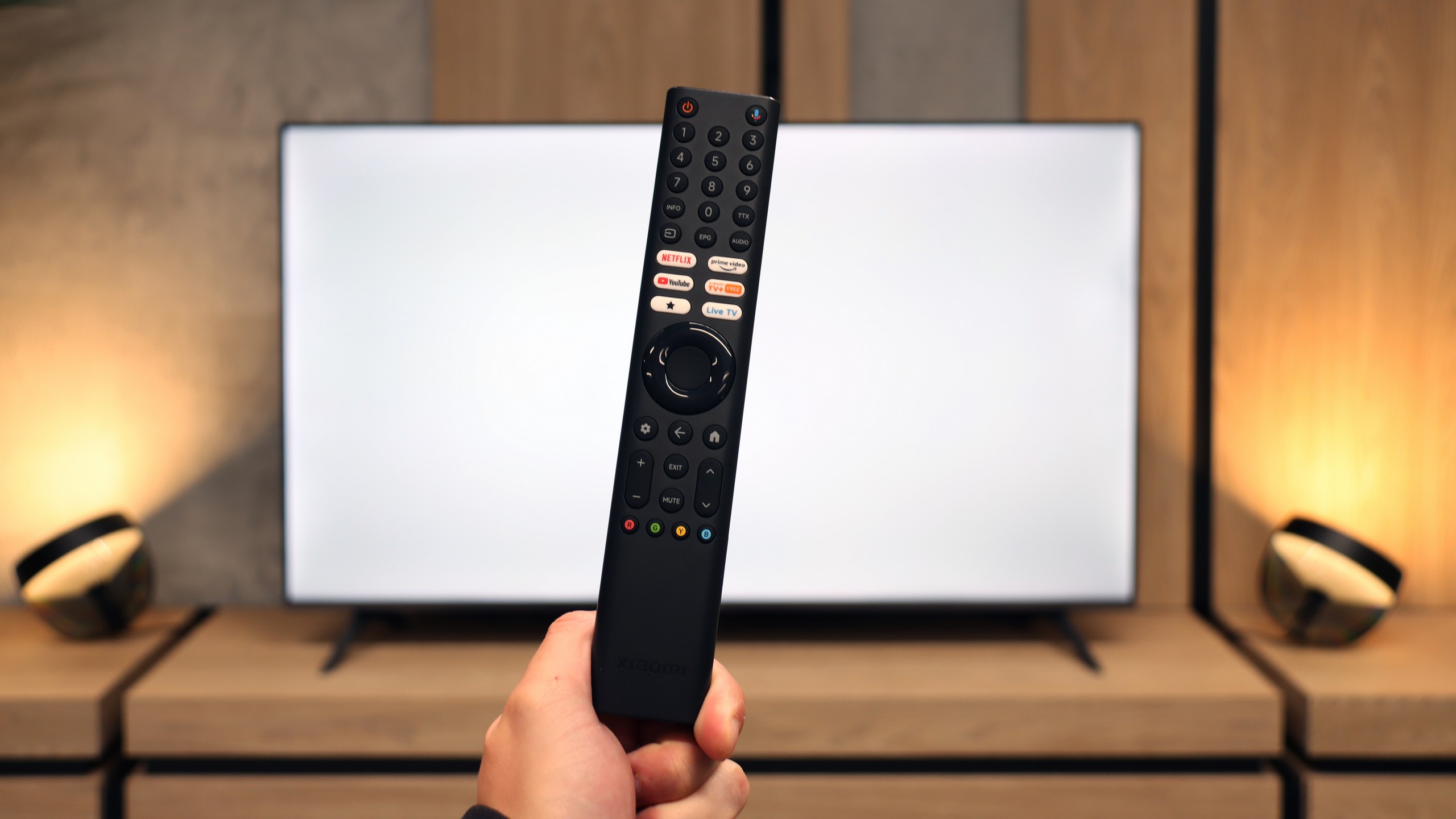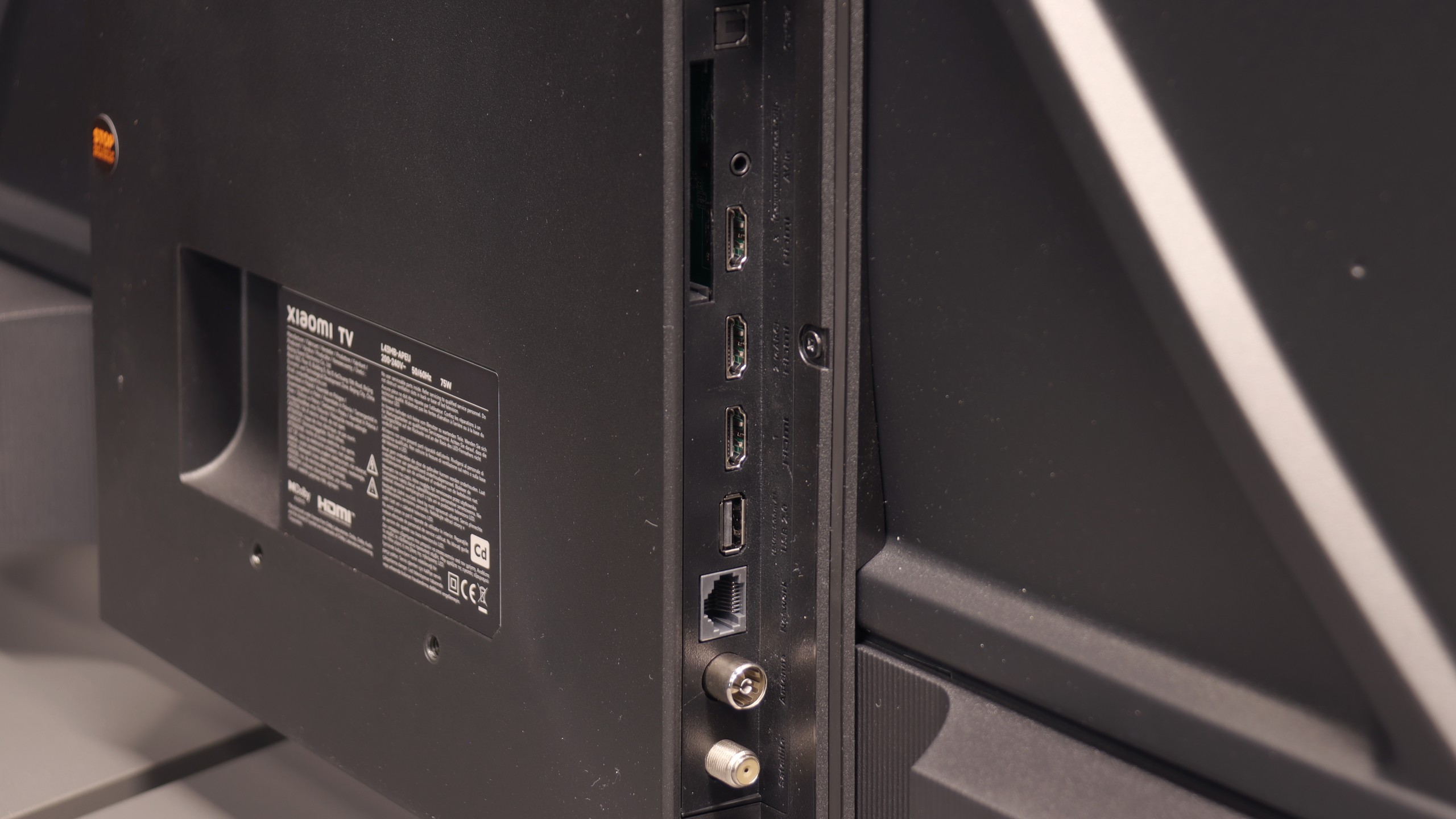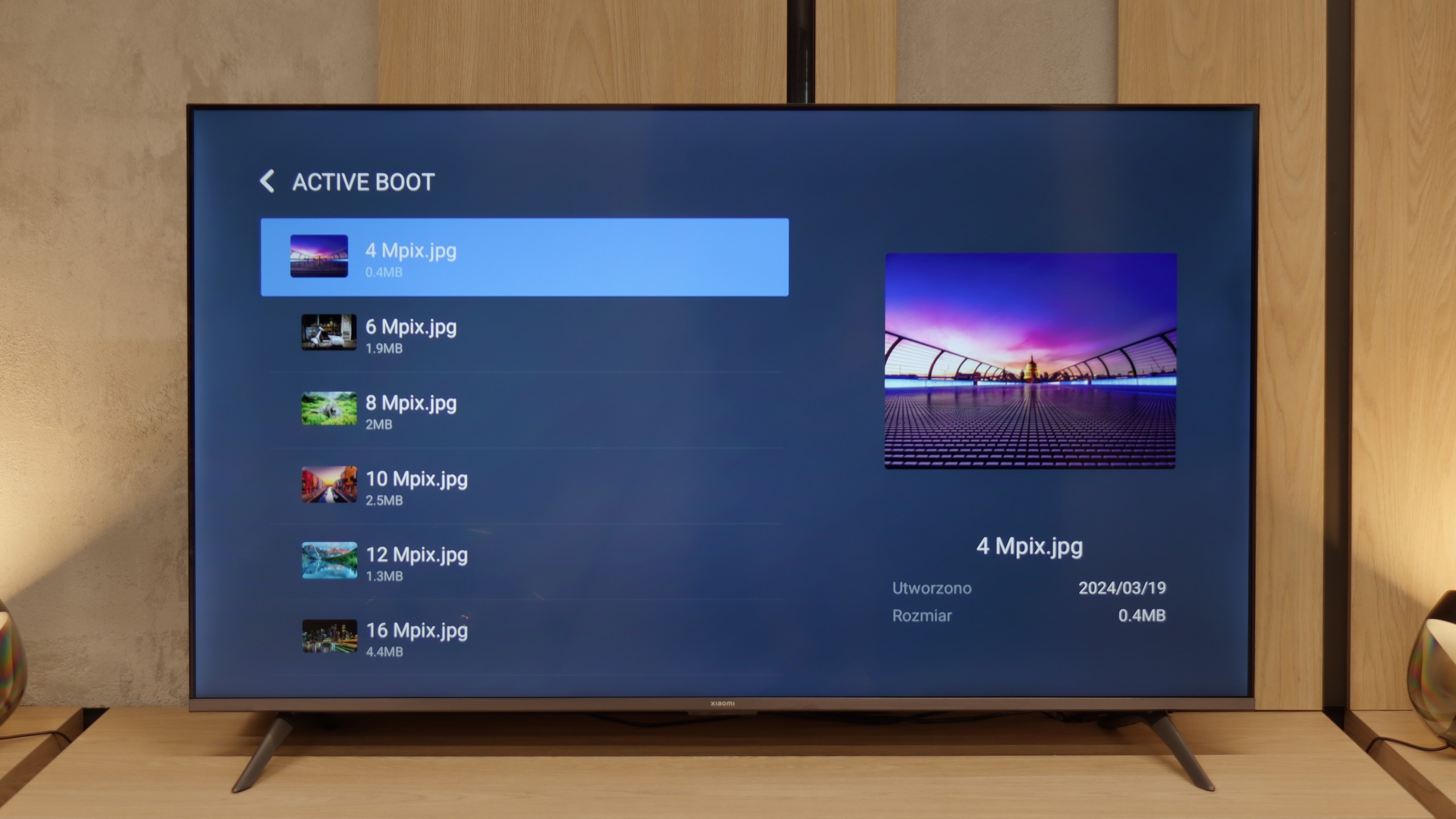The Samsung Q60D operates on the proprietary Tizen system, which, while not as open as Google’s OS and with some limitations regarding app availability, is likely to satisfy most users. The interface is clean and intuitive, providing straightforward access to popular streaming services like Netflix, YouTube, and Prime Video. Users will appreciate the customisable home screen, allowing for quick access to favourite apps and content. One potential drawback is the absence of a recording function, which may disappoint those wanting to save shows or films for later viewing. However, the inclusion of AirPlay is a pleasant surprise, facilitating seamless content streaming from Apple devices such as iPhones and iPads, enabling users to share photos, videos, and other media without cables.
The TV also supports Bluetooth connectivity, allowing the use of various peripherals like wireless headphones and soundbars, enhancing user convenience. The remote control is slim, stylish, and ergonomic, featuring an internal rechargeable battery that can be powered via USB-C or solar energy, eliminating the need for disposable batteries. It can also control external devices, such as the NC+/Canal+ decoder.
Furthermore, the SmartThings app for Android and iOS enables the TV to integrate with other smart devices around the home. This feature allows users to remotely control elements like Philips Hue smart lighting, Yeelight, and other compatible products. As a result, the Samsung Q60D can act as a central hub for a smart home, streamlining the management of everyday tasks and enhancing the entertainment experience.
SmartTV - Google TV
The biggest advantage of the Xiaomi A Pro 2026 is the Google TV system. It's what gives the TV a second life – you can run practically any app on it, from Netflix and YouTube to music services and even lesser-known programs from the Google Play Store. We are not limited to just what the manufacturer has pre-installed, as is the case with other budget TVs. Additionally, we have AirPlay, voice search through Google Assistant, and even integration with Gemini. We did experience some minor hiccups – for example, casting from a laptop didn’t always work – but despite such shortcomings, Google TV is a huge plus in this setup.
Classic TV Functions
The Xiaomi A Pro 2026 can be referred to as a "senior-friendly" TV. The large remote control with a numeric keypad and a fair number of physical buttons makes it intuitive to operate. Support for teletext and a clear EPG interface make using classic TV functions easier. We won't find many advanced features like USB recording or PiP, but the presence of an analog headphone jack can be surprisingly practical for some users. It gives the impression that this is a set of features tailored to the needs of the most traditional viewers.
System Stability
However, not everything works as it should. During testing, we encountered annoying system stutters, problems with Miracast, and issues when switching audio sources. There were even times when it was necessary to reset the TV by unplugging it. This just shows that although Google TV offers huge possibilities, stability in such a budget-friendly setup can still be very problematic.

